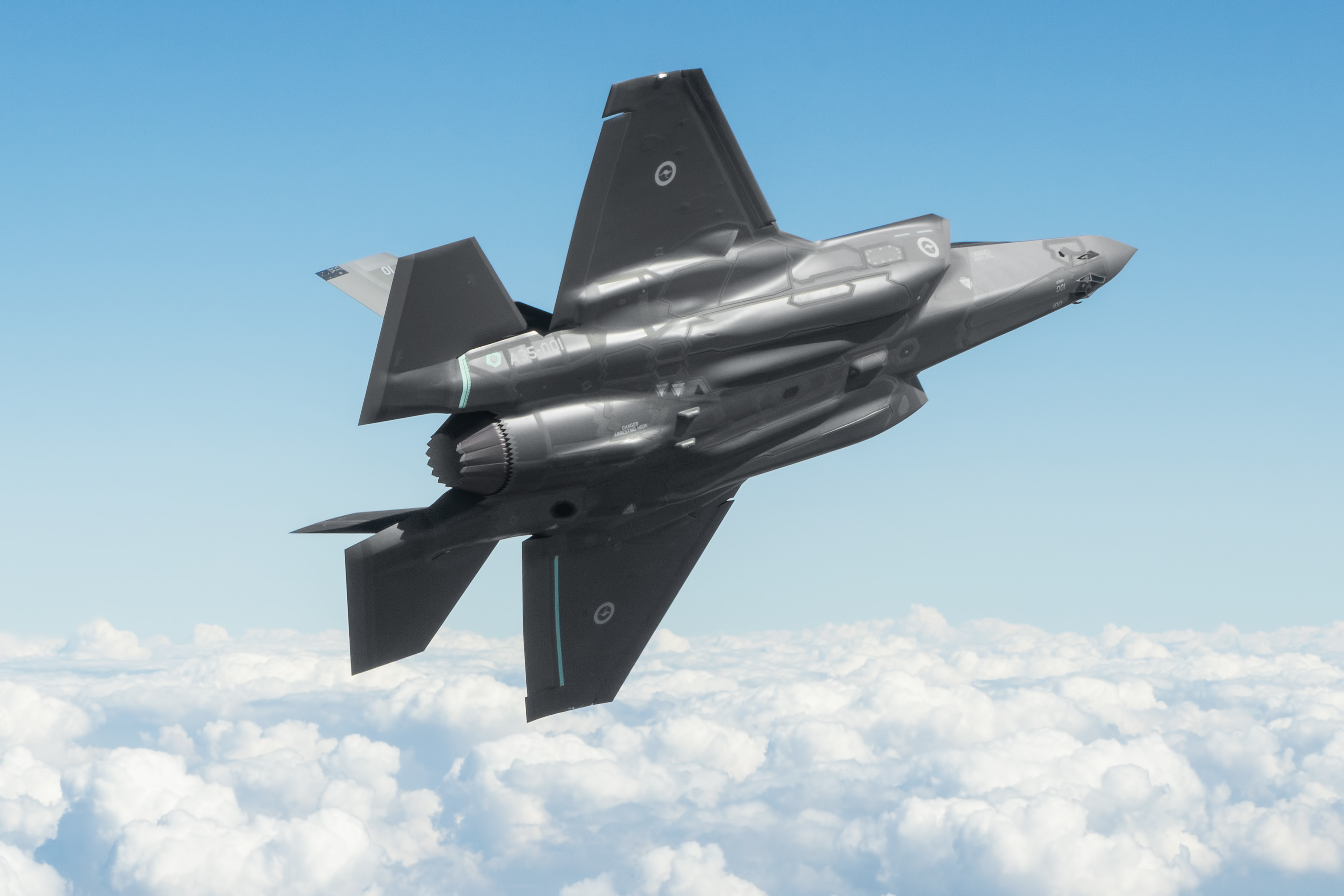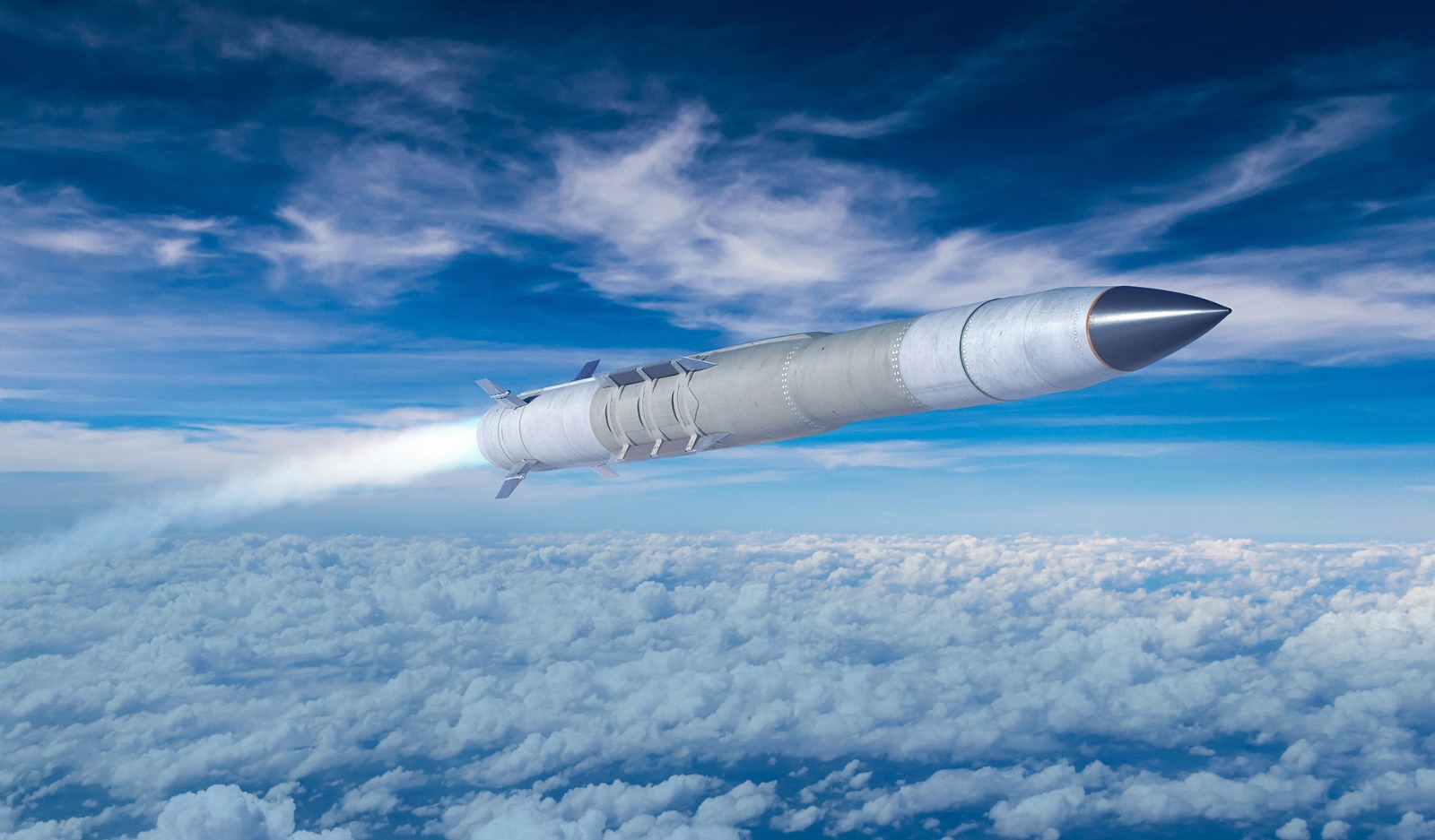Russia has threatened deterioration in bilateral relations with Tokyo if Japanese-made Patriot missiles land in Ukraine.
“It is possible that the transfer of Patriot missiles will go under a well-proven scheme whereby munitions ultimately end up in Ukraine. We would like to warn that if Japanese missiles fall into the hands of the Ukrainian Armed Forces, such actions will be viewed as hostile toward Russia and will entail the most serious consequences for Japan in the context of bilateral ties,” Russian Foreign Ministry Spokeswoman Maria Zakharova said.
‘Mysterious’ F-15 Heavyweight Fighter Appears In Pakistan’s Promo Video; PAF Pilot Traces Its Origin
Zakharova added defense supplies to Ukraine will only lead to the prolongation of its suffering and increase the number of innocent victims, the blame for which will be fully shared by Tokyo.
As part of a strategic drive to restock the United State’s dwindling arsenal in the face of rising security challenges, Japan is formally accepting a policy change that will permit the shipment of several Patriot missiles to the US.
News agencies in Japan announced on December 20 that the government had chosen to send Patriot ground-based interceptor missiles to the US on an informal basis. These Patriot ground-based interceptor missiles are produced in Japan under license from the ally United States.
This move, involving the planned export of PAC-2 and PAC-3 interceptors, represents a significant departure from Japan’s defense equipment transfer policy established in 2014. This has, however, startled analysts who follow Indo-Pacific politics, given that these Patriot missiles will help replenish Ukraine’s air defense system stockpiles.
Since China has always been viewed as the more significant and the primary danger by US President Joe Biden’s administration, many have questioned why weapons are being pulled out of the Indo-Pacific for a conflict in Europe, Nikkei Asia reported.
Since the US has requested the Patriots be transferred, analysts believe that it may indicate that the Biden administration has concluded that Taiwan will not be invaded by China anytime soon. This is significant given that some military experts and service members from the US military have warned that a Chinese invasion of Taiwan could take place by the year 2027.
Taiwan, on its part, has been bolstering its military on a war footing with the help of US arms to thwart any such potential invasion. Further, the Biden administration has affirmed on multiple occasions that Washington would come to Taiwan’s aid in case China launched military operations against the self-ruled island state.
In case of such a cross-strait conflict, there is an understanding in the United States that its territories and military assets in the Pacific, including the strategically located Guam, would be in the line of fire. For this, the country has moved to strengthen its regional defenses with a meticulously drawn plan.
Against that backdrop, it has come as a startling move on behalf of the United States to shift focus from the Indo-Pacific to Europe. This is also significant given that Japan’s proximity to Taiwan would likely become a party to any such conflict between Beijing and Taipei.
In the face of this lingering threat, the US move to shift resources is bold. According to the report, many Americans concur that Chinese aggression against Taiwan is not imminent. However, others are against moving the focus away from the Indo-Pacific.
Colby, co-founder and principal at Washington strategic think tank The Marathon Initiative, told the publication, “We have sent weapons that we cannot replace in a timely fashion, we have distracted the attention of the defense industrial base, and we’ve spent over $100 billion on Ukraine.”
“Japan cannot say, ‘We should go along with Ukraine, and we’ll wait our turn.’ Asia needs to come first,” Colby said. “That is the rhetorical position of the US, but it has to be the actual position.”
The decision has also deeply unsettled analysts due to Japan’s previous admission that just over 60% of Japan’s missile arsenal was thought to be adequate to stop its adversaries’ ballistic missiles and called for urgent replenishment amid threats posed by China, Russia, and North Korea.
At the time, military watchers noted that China possesses roughly 1,900 medium-range ballistic missiles and 300 medium-range cruise missiles that are capable of reaching Japan, indicating a clear threat to the island state. North Korean ballistic missile launches have undoubtedly aggravated the threat to Japan’s security.
It was a “shortsighted decision,” according to Jennifer Kavanagh, senior fellow in the American Statecraft Program at the Carnegie Endowment for International Peace, made by Japan and the United States. “It says something about the Biden administration’s priorities,” Kavanagh added. “They are willing to prioritize arming Ukraine over Asia despite their pronouncement that Asia is the priority theater for the United States.”
The United States government must get Japan’s approval before moving the Patriot missiles to a third nation. The Patriots that Tokyo has donated cannot travel directly to Ukraine under these regulations. Yet, it gives the US greater leeway to supply Ukraine with air defense systems built in the US by backfilling US inventories.
So, while military watchers based in the region are not impressed by the Japanese decision to send the Patriots to the United States, Japan is focusing more on bolstering its defensive capabilities by exponentially hiking its defense budget to acquire from the US what it needs the most: long-range missile strike capability and stealth fighter jets.
Whopping 16% Historic Defense Hike For Japan
With the approval of a record defense budget on December 22, Japan will see a rise in defense spending of more than 16% in 2019. The goal of this budget is to hasten the deployment of long-range cruise missiles that can strike targets in North Korea or China.
The Cabinet’s approved budget will bolster the armed forces with F-35 stealth combat jets and other American weapons as the Japanese Self-Defense Forces collaborate more with partners and assume greater offensive responsibilities.
The second year of a five-year military buildup program under a new security policy Prime Minister Fumio Kishida’s government launched a year ago is marked by the 7.95 trillion yen ($56 billion) defense budget for the fiscal year 2024, which begins in March.

Already emerging as the second largest operator of F-35 Lightning II stealth fighter jets outside of the United States, Japan is set to add more fifth-generation fighters to its fleet. The proposed defense budget in September sought to allot roughly $1.7 billion for the acquisition of sixteen more F-35 fighters: eight F-35As designed for conventional takeoff and landing (CTOL) and eight F-35Bs designed for short takeoff and vertical landing (STOVL) to be deployed with Japan’s converted aircraft carriers.
Japan intends to eventually acquire 105 F-35As and 42 F-35Bs, becoming the largest F-35 operator outside of the United States. Deliveries of F-35As are presently underway, and the nation will get its first F-35B in 2025. Before this most recent budget request, it was already contracted for 63 “A” and 20 “B” models.
Earlier this month, Japanese military officials took a big step toward incorporating the stealth jump jet into their fleet when they saw F-35Bs in action aboard the aircraft carrier HMS Prince of Wales in the United Kingdom.
Additionally, the main focus of Japan’s 2024 military budget is the early installation of “standoff” missiles, which the country’s leaders claim are necessary to bolster air defenses and, in particular, to safeguard Japan’s southwestern islands if hostilities between China and Taiwan break out.
The development of next-generation long-range missiles and the purchase of American-made Tomahawks and Type-12 cruise missiles are expected to cost about 734 billion yen ($5.15 billion). Additionally, Japan plans to invest over 80 billion yen ($562 million) in developing guided missiles capable of reaching up to 3,000 kilometers (1,864 miles) per hour at hypersonic speed.
This month, Defense Minister Minoru Kihara declared that some Tomahawks and Type-12s will be deployed one year ahead of schedule by the end of March 2026. Japanese officials have maintained that the country took this decision due to the “severest” security environment it has faced since the end of World War II, which has also forced it to expand cooperative activities with the United States, Australia, Britain, and other allies.
To strengthen Japan’s missile defense systems, the budget also provides 1.25 trillion yen ($8.78 billion), which will go toward building two warships with Aegis deployed in 2027 and 2028 for 373 billion yen ($2.62 billion).

The warships will be equipped with Lockheed Martin SPY-7 radar, which officials could track more difficult-to-detect missile launches, such as ones that occur on a high-arch trajectory, which North Korea frequently uses to test-fire missiles. This week, an intercontinental ballistic missile was fired from North Korea.
Japan is to invest 75.5 billion yen ($530 million) in the United States to create glide-phase interceptors, which are anticipated to be deployed in 2030 and intended to thwart hypersonic missiles being developed by Russia, China, and North Korea.
Japan’s decision to amp up its defense spending and bolster its military essentially means acquiring cutting-edge military equipment from the United States. The transfer of Patriot missiles and the acquisition of long-range stand-off capability are set to become the primary examples of US-Japan military transactions never seen before.
- Contact the author at sakshi.tiwari9555(at)gmail.com
- Follow EurAsian Times on Google News




